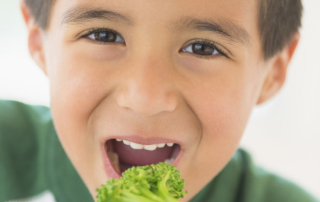Building Self Esteem in Young Children
When children feel good about themselves and have a healthy sense that they are valued as people, it doesn’t mean that they have an inflated idea of themselves—instead, it means they have a realistic perception of themselves and their developing strengths. It also means that they feel OK about practicing new skills and trying and trying again when something doesn’t go their way the first time. You can start early by responding to cues from your infant in a prompt and consistent way to help your child feel connected to you and that you’re listening to his or her needs. When a baby cries and is comforted, and when a child looks at a parent and sees a loving smile, this creates a sense of well-being that lays important groundwork for your child’s entire life. Dr. Bill and Martha Sears, parents of eight children and longtime pediatric medicine practitioners, describe the positive and negative influences on children’s self-esteem as “builders” (positive) and “breakers” (negative). In short, you want to bring more builders into your child’s life and avoid or teach techniques to deal with breakers. Later on in childhood, breakers are harder to avoid as children encounter more influences in the world, but for toddlers and preschoolers, breakers are typically ways that children interact with their parents. For example, as a parent, you want to avoid self-esteem breakers like teasing your child, ignoring or dismissing children’s concerns, labeling or passing judgement on children (saying things like “you’re so difficult!”), pressuring your child, and expecting and/or encouraging perfection. One of the most important things you can do to build self-esteem in your child is to demonstrate good self-esteem in yourself. Be sure not to talk down [...]





